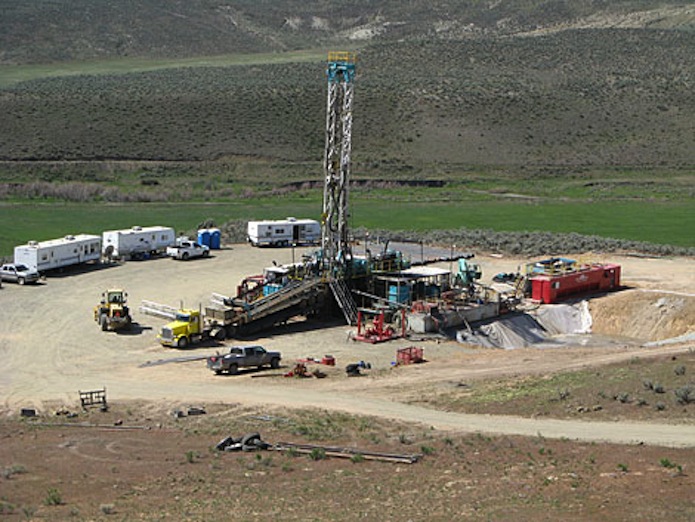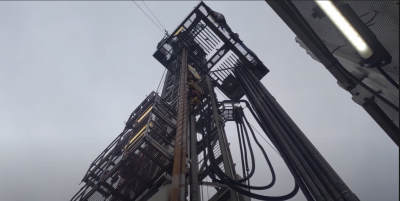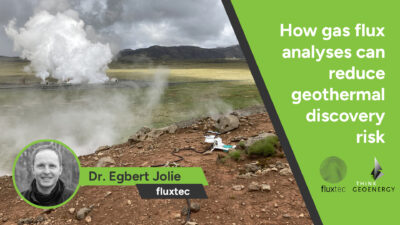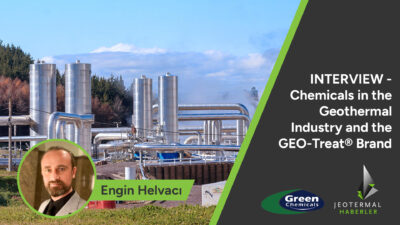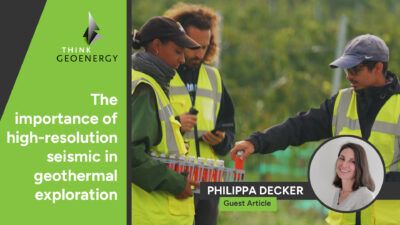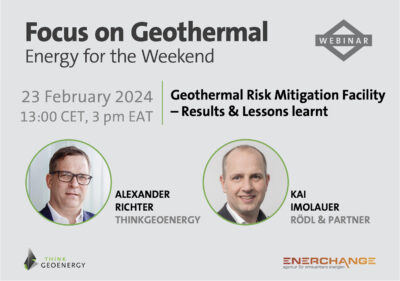Avoiding costly pitfalls in geothermal drilling – an opinion piece
In an article shared with ThinkGeoEnergy, Samuel Smith of PRIMA (an Epeus service brand) describes on how costs and risks in any geothermal drilling project can be kept in check and mitigated if the project owner has considered, or implemented a readiness review before drilling the phases get underway.
In a recent post on LinkedIn, Samuel Smith, Business Development Manager at PRIMA and Epeus, shared thoughts on how one can avoid costly geothermal drilling pitfalls. With his permission, here his article.
While oil & gas exploration experiences a slowdown, like today, drilling companies are keenly pursuing global geothermal project owners where they can sell their knowledge, expertise and services.
Today’s geothermal project owners are a mixed bunch. From the ‘traditional’ project owners through to more unusual project owners such as pharmaceutical companies. Nevertheless, these project owners are aware of two important factors when it comes to drilling: Costs and risks.
Costs and risks in any geothermal drilling project can be kept in check and mitigated if the project owner has some kind of foresight (a readiness review for e.g.) before the drilling phases get underway.
Projects that fail do not discriminate as to who the project owner is. Most project failures are due to non-technical issues. This can include entering the often opaque world (if for the first time) of drilling contractors.
ESMAP produced an infographic correlating the cumulative costs and stages (from pre-survey to operations and maintenance) of a geothermal project. The two converging lines (cost and risk) meet at the drilling phase, where ‘risk’ and ‘cost’ are deemed moderate. This is of course theoretical, however, if mismanaged will become a costly pitfall to climb out of.

So what? You may think this is a useful guide whether you’re drilling 500m or 6km’s into the ground, as of course it will be expensive and of course risks will be present. To that end, this is a good benchmark to go by. But wait, you’re newly appointed drilling contractor was last operational three weeks ago in Alaska and they’ll be shipping the equipment direct to your site in Kenya.
Furthermore, how well do you understand their contracts? Having listened to several geothermal stakeholders they all agree on one thing: drilling contracts are hard to understand and lengthy in their verbiage. Plus, drilling contractors want paying whether you hit a source of energy, or not.
There are a couple of important factors to implement/consider before and during the selection of a drilling contractor. One, is to think about how to actually go about selecting a drilling contractor? What do you need to know in advance? A second point, is to have a robust process in place to ensure a successful outcome. These two factors are somewhat interlinked.
Some geothermal stakeholders have admitted “being in the dark” when it comes to drilling contractors or, becoming confused when shortlisting drilling contractors. Some project owners recall poor drilling performances based on the amount of non-productive time (NPT) onsite, while costs continue to mount up. Does the ESMAP infographic take this into consideration? If not, then the ‘cost’ and ‘risk’ values may represent something rather different and from an earlier project phase.
Inexperience plays a big part too. This leads to an over-reliance on contractors. When this happens, your project will invariably experience cost overruns and delays and if you do have a Project Execution Control Plan (PECP), or a robust process in place – be prepared to make changes.
Limited resources using freelance drilling managers can also be an issue and some geothermal project owners highlight how onsite disagreements between drilling and project managers have escalated into arguments, leading to, in some instances, the removal of the drilling contractor. An expensive dismissal to the costliest part of any geothermal project.
Conducting a lessons learned would be a next step before having a second attempt and with a new drilling contractor.
Having foresight (such as a readiness review) and placing emphasis on a robust process before commencing on a project, such as drilling, will help keep your costs in check and your risks mitigated.
Want to comment and engage, visit the article via the link below and engage.
Source: Samuel Smith, “Costly Geothermal Drilling Pitfalls to Avoid” via LinkedIn
